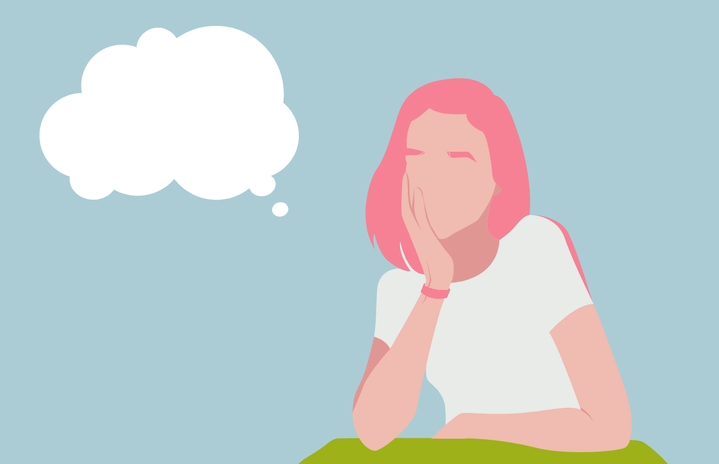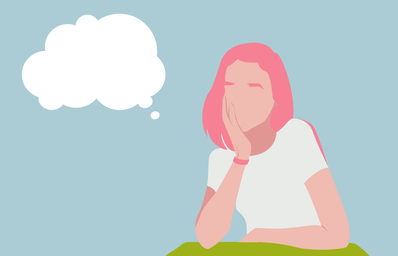A diagnosis of combined type ADHD in my second year of university has made me exceptionally aware of the stigma towards ADHD floating around my everyday life. According to the charity ADHD Action, in 2018 there were 1.5 million adults in the UK that had ADHD–with only 120,000 of these having a formal diagnosis of one of the three types of ADHD. These three ADHD types are hyperactive, inattentive, and combined. Seeing as ADHD affects a significant amount of the adult population, here are a few things to not say when you interact with us.
Perhaps the most important thing you should never do is suggest that someone with ADHD is ‘lazy.’ Likewise, avoid suggesting that we just need to ‘try harder.’ This comment is somewhat ironic. Far from being lazy and not trying hard enough, people with ADHD are always working very hard to navigate a world that was not built for them–and the same applies to all neurodivergent people. Our brains are not wired to navigate the standards of everyday life and just as a heads-up, telling someone with ADHD that their problems will be solved if they just get a planner is extremely unhelpful. A planner does not solve the lack of dopamine in the brains of those with ADHD. Nor does it solve how this manifests into a warped perception of time, an inability to focus, and an inherent tendency to act impulsively. Unfortunately, juggling all of these in addition to everyday responsibilities will not disappear with some colour coding or the Pomodoro method. In summary, people with ADHD are already trying a lot harder to do the mundane things that neurotypicals take for granted.
Secondly, those of us with ADHD are getting a little tired of the narrative of ‘deficit’ going around. Once again, this is very far from the case. People with ADHD struggle to concentrate on and finish tasks that disinterest them. This is because our brains are wired to seek out a dopamine ‘hit.’ However, once we find a hobby, a challenge or a task that is really interesting to us, we go into ‘hyperfocus.’ In other words, an important email that would take ten minutes to reply to won’t be getting done until after I have spent 8 hours learning how to make dreamcatchers or re-organised my wardrobe for the second time in a week. Furthermore, far from any sort of deficit, those of us with ADHD have heightened sensory awareness. This often spills over into the overwhelming feeling of sensory overload–another reason why we can’t concentrate on a test as well as our neurotypical counterparts. Contrary to popular belief, people with ADHD are not in any way lacking. Never being bored, we are abundant with creativity and full of ideas. This is probably why the world has a hard time believing that you can have ADHD and still be successful.
Finally, the ongoing narrative would have you believe that ADHD is a disorder that only affects children. Also, that it is only boys who struggle with ADHD. I can attest from my personal experience that this is another whopper of a myth. Shockingly, adults and women can have ADHD too. An important thing to note here is that ADHD manifests differently between boys and girls, and this contributes to the disparity in the numbers of boys and girls being diagnosed as children. ADHD often manifests in girls as a tendency to daydream, they may be perfectionists, leading them to be high academic achievers at school. Because this is not problematic, girls with ADHD often slip under the radar, only to be diagnosed during adulthood. When you picture a person with ADHD you may think of a disruptive, energetic boy in a primary school classroom, but just because someone with ADHD may not fit this description it does not make their ADHD any less valid.


